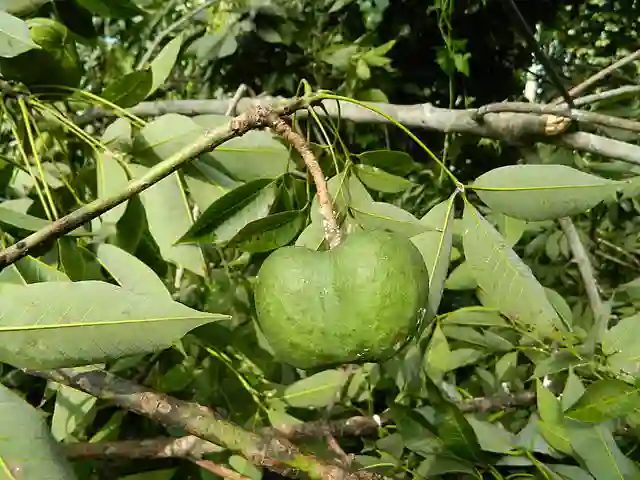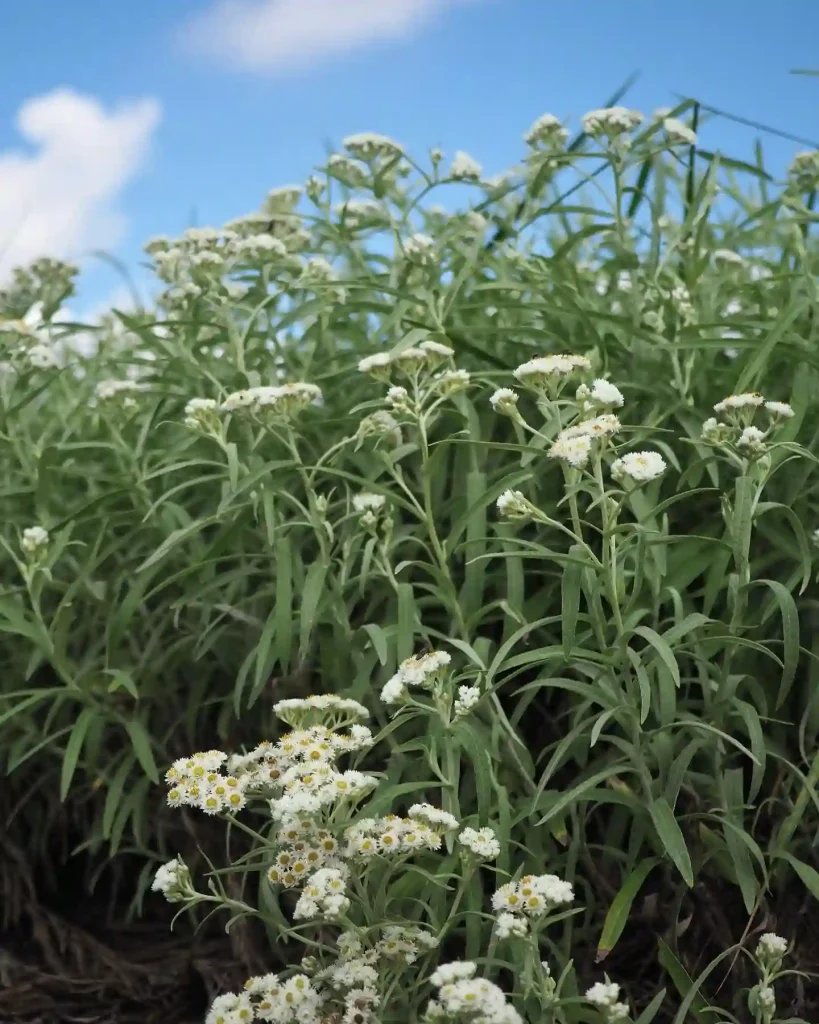Hoya Diversifolia: A Beginner-Friendly Hoya with Fragrant Blooms
Hi, Ferb Vu here. Hoyas have become a rising star in the houseplant world, and for good reason. These fascinating vining succulents offer beautiful foliage, unique blooms, and a surprising level of ease in care. Today, I want to delve into one particular Hoya that’s perfect for beginners: the Hoya Diversifolia.
566 Species in Genus Hoya
What is a Hoya Diversifolia?
The Hoya Diversifolia is a tropical vine native to Southeast Asia. It boasts thick, succulent leaves that come in a vibrant green. As the plant matures, it produces clusters of star-shaped flowers with a pale pink or beige hue and a darker pink center. These blooms often emit a light, pleasant fragrance, adding another layer of appeal to this delightful Hoya.
Hoya Diversifolia vs. Other Hoyas: Highlighting the Differences
While many Hoyas share similar care requirements, there are a few key aspects that set the Diversifolia apart. Here’s a quick comparison:
- Growth Habit: The Diversifolia is a vigorous grower, capable of trailing several feet. This makes it ideal for hanging baskets or training up a moss pole. Some Hoyas, like the Hoya Carnosa, can be more compact.
- Leaf Shape: The Diversifolia’s leaves are on the larger side for Hoyas, with a slightly elongated oval shape. The Hoya Shepherdii, for example, has much smaller, rounder leaves.
- Flowers: The Diversifolia’s blooms are pale pink or beige with a darker center. The Hoya Retusa, known as the Lipstick Hoya, produces stunning red flowers with a darker red corona.
Ultimately, the “best” Hoya depends on your personal preference. But the Diversifolia’s ease of care, attractive foliage, and fragrant blooms make it a strong contender for any plant enthusiast.
How to Care for Your Hoya Diversifolia?
The good news is that the Hoya Diversifolia is a relatively low-maintenance plant. Here are some key things to keep in mind:
Light: Provide your Hoya with medium to bright indirect light. A few hours of gentle morning sun can be beneficial, but avoid harsh afternoon sun, which can scorch the leaves.
Water: Hoyas prefer to dry out completely between waterings. Overwatering is a major enemy, so it’s better to err on the side of underwatering. Stick your finger into the soil; if the top inch is dry, it’s time to water.
Soil: Use a well-draining potting mix specifically formulated for succulents or cacti. You can also create your own mix by combining potting soil with perlite or orchid bark for added drainage.
Humidity: While Hoyas don’t require extremely high humidity levels, they do appreciate some extra moisture in the air, especially during winter. Grouping your plants together or using a humidifier can help.
Fertilizer: You don’t need to fertilize your Hoya Diversifolia very often. A light feeding with a balanced fertilizer once a month during the growing season (spring and summer) is sufficient.
Potting and Pruning: As your Hoya grows, you may need to repot it into a larger container every 1-2 years. Pruning is optional, but you can trim back any leggy vines to encourage bushier growth.
Troubleshooting Common Hoya Diversifolia Issues: Keeping Your Plant Happy
Even with the best care, occasional problems can arise. Here are some common issues and how to address them:
- Yellowing Leaves: This can be caused by overwatering, underwatering, or lack of light. Check your watering routine and adjust as needed. Ensure your Hoya receives sufficient light.
- No Blooms: Hoyas need the right conditions to flower. Make sure your plant is getting enough light, not rootbound, and mature enough to bloom (usually 2-3 years old).
- Mealybugs: These sap-sucking insects can infest Hoyas. Treat them with insecticidal soap or neem oil.
By following these tips and addressing any issues promptly, you can ensure your Hoya Diversifolia thrives for years to come.
Beyond the Basics: Tips for Advanced Hoya Diversifolia Care
Once you’ve mastered the basics, here are some additional tips to help your Hoya Diversifolia truly flourish:
- Encourage Blooms: During the spring and summer, give your Hoya a light feeding with a phosphorus-rich fertilizer to promote flowering.
- Support for Climbing: Hoyas are natural climbers. Provide a moss pole or trellis for your plant to climb, which can enhance its growth and appearance.
- Winter Care: Reduce watering during the colder months as your Hoya’s growth slows. You can also mist the plant occasionally to maintain some humidity.
Propagating Your Hoya Diversifolia: Sharing the Love
Sharing your beautiful Hoya Diversifolia is easy! Here’s how to propagate it through stem cuttings:
- Select a healthy, non-flowering stem with at least two nodes (the bumps where leaves grow).
- Sterilize your cutting tool with rubbing alcohol. Cut the stem just below a node at an angle.
- Remove any lower leaves from the cutting, leaving just a few nodes exposed.
- Pot the cutting in a well-draining potting mix, ensuring a node is buried. Water lightly.
- Place the pot in a warm, brightly lit location with indirect light. Keep the soil slightly moist but not soggy.
- Be patient! Rooting can take several weeks. Once new growth appears, you know your propagation was successful.
Conclusion: The Hoya Diversifolia – A Rewarding Plant for Every Enthusiast
The Hoya Diversifolia is a charming and easy-going plant that offers something for everyone. Its lush foliage, fragrant blooms, and trailing growth habit make it a delightful addition to any home. With a little TLC, you can cultivate a thriving Hoya that will bring you joy for years to come.
So, are you ready to add the Hoya Diversifolia to your plant collection? With its simple care requirements and stunning beauty, it’s sure to become a treasured member of your indoor jungle. Happy planting!
If i die, water my plants!



